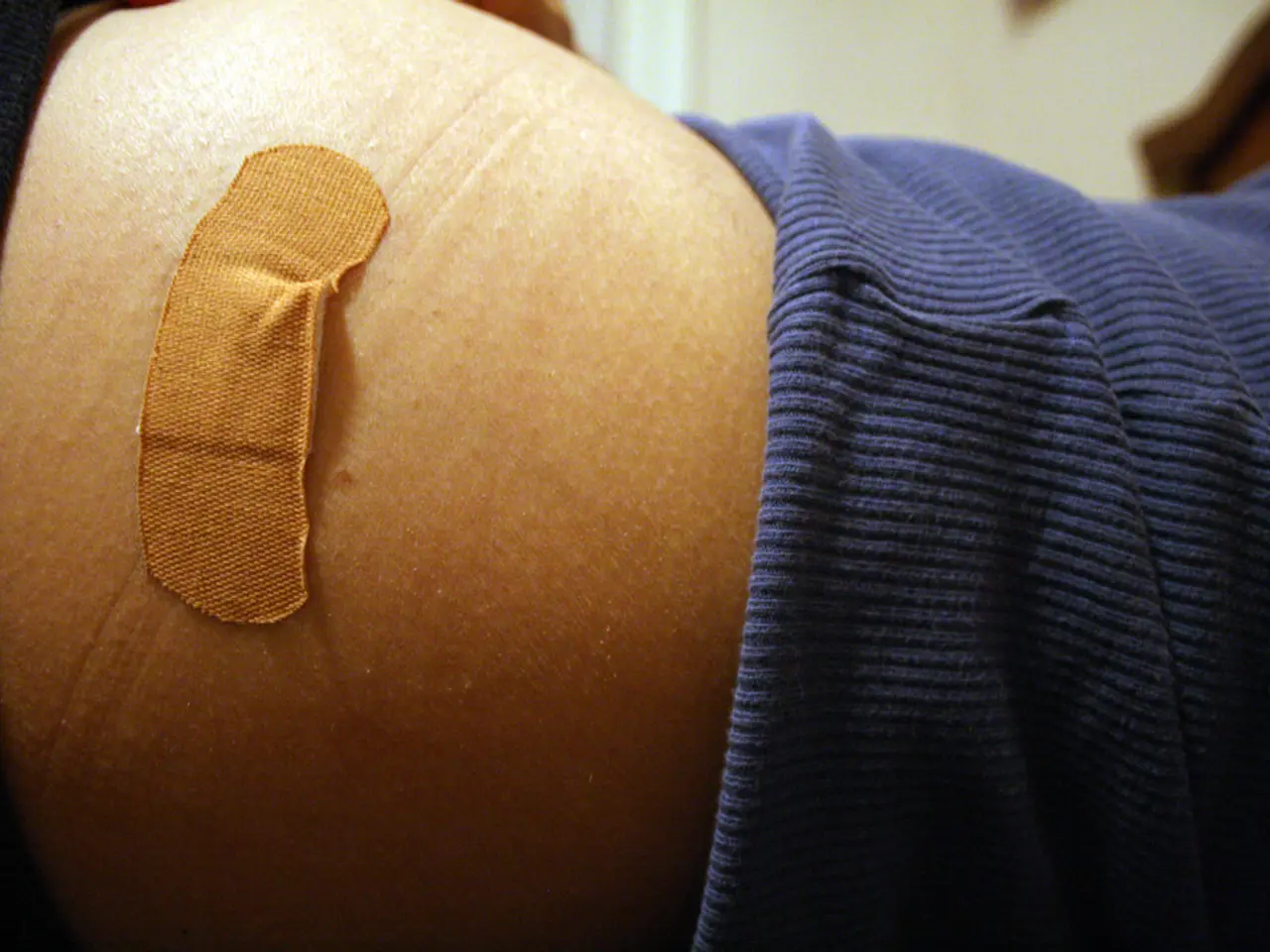Understanding Attention Deficit Hyperactivity Disorder (ADHD)
In the realm of neurodevelopmental disorders, Attention-Deficit/Hyperactivity Disorder (ADHD) is a condition that affects both children and adults, regardless of gender. This article aims to shed light on the key differences in ADHD symptoms between boys and girls, providing valuable insights for parents, educators, and healthcare professionals.
ADHD symptoms in boys often manifest as hyperactivity, impulsivity, and disruptive behaviour. These symptoms are more visible and tend to draw attention from teachers and parents, leading to earlier referrals for diagnosis and treatment. On the other hand, ADHD symptoms in girls are more likely to be inattentive, with traits such as disorganization and zoning out. These symptoms are less disruptive and can be misinterpreted as daydreaming or lack of motivation, making them harder to recognize as ADHD.
Boys are more frequently diagnosed with the hyperactive/impulsive (ADHD-HI) subtype, which aligns with their more outwardly visible symptoms. In contrast, girls are more often diagnosed with the inattentive (ADHD-I) subtype, reflecting their quieter symptoms.
Females with ADHD tend to experience more internalizing symptoms, such as anxiety, depression, and suicidal ideation, especially during adolescence. Boys might exhibit higher levels of mood disorders, particularly in the ADHD-Combined subtype, but their depressive symptoms tend to decrease over time, unlike in girls.
When it comes to self-reporting of symptoms, girls are generally better at recognizing and reporting their own ADHD symptoms, with their self-reports often aligning closely with those of clinicians. Boys tend to underreport their symptoms compared to assessments by parents and clinicians.
Positive reinforcement can motivate children with ADHD to exhibit desired behaviors. This can be achieved through reward systems, such as a reward chart where children can earn points or stickers for completing tasks or following rules. Incentives, like offering small rewards for reaching specific goals, can also help keep children with ADHD focused and motivated.
Visual aids, such as charts, checklists, and visual schedules, can help children with ADHD stay on track and remember their tasks. Chunking tasks into smaller parts, allowing for breaks in between, can also help children with ADHD stay focused and manage their symptoms more effectively.
Establishing routines provides a sense of security and helps children with ADHD understand what to expect. Creating a nurturing and structured environment at home can significantly benefit children with ADHD. Minimizing distractions by creating a quiet, organized space for homework and activities can also contribute to improved focus and productivity.
Seeking professional help may be necessary for additional support. Pediatricians can provide a diagnosis and recommend treatment options, while psychologists can offer therapy and coping strategies for both you and your child. Schools can implement several strategies to support students with ADHD, such as Individualized Education Plans (IEPs), classroom accommodations, and regular communication between teachers and parents.
Parents can access various resources, including support groups, educational materials, and professional guidance. Understanding ADHD is crucial for providing the right support for your child. Schools, healthcare professionals, and support groups are all valuable resources for parents seeking to help their children manage their ADHD symptoms effectively.
- Science has shed light on various health and wellness concerns, including medical conditions like ADHD, cancer, respiratory conditions, digestive-health issues, eye-health complications, hearing problems, and skin-conditions.
- Environmental science and climate change also play significant roles in health and wellness, affecting everything from cardiovascular-health to mental-health.
- Fitness and exercise are crucial components of a healthy lifestyle, promoting overall wellbeing while helping manage conditions like ADHD, autoimmune-disorders, and neurological-disorders.
- Skin-care is essential for maintaining physical appearance and preventing various skin-conditions.
- Therapies and treatments are available for managing a wide range of medical conditions, including ADHD, mental-health issues, and neurological-disorders.
- Nutrition plays a vital role in maintaining health and managing certain conditions, with a balanced diet helping to promote cardiovascular-health and overall wellness.
- In the realm of parenting, understanding various medical conditions, such as ADHD and child development, is crucial for providing the right support for children.
- Cbd is a growing area of interest in the health and wellness field, with potential benefits in managing certain medical conditions, such as anxiety and epilepsy.
- In the realm of neurological-disorders, besides ADHD, various other conditions like migraines, Alzheimer's, and Parkinson's can have profound impacts on individuals' lives.
- Space and astronomy not only push the boundaries of scientific exploration but also contribute to environmental science, helping us better understand our planet and its impacts on health and wellness.
- Mental-health, an often overlooked aspect of health and wellness, is closely tied to overall wellbeing, with various conditions like depression, anxiety, and PTSD affecting millions worldwide.




